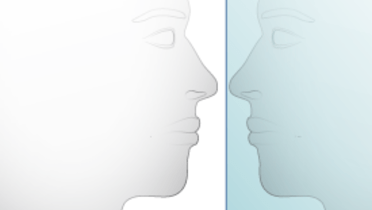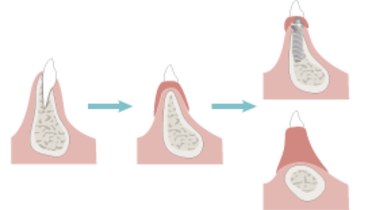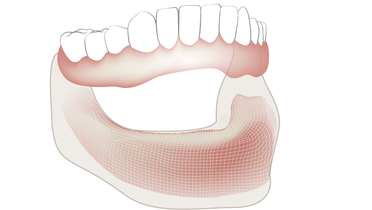-
0
Patient Assessment
- 0.1 Patient demand
- 0.2 Overarching considerations
- 0.3 Local history
- 0.4 Anatomical location
- 0.5 General patient history
-
0.6
Risk assessment & special high risk categories
- 5.1 Risk assessment & special high risk categories
- 5.2 age
- 5.3 Compliance
- 5.4 Smoking
- 5.5 Drug abuse
- 5.6 Recreational drugs and alcohol abuse
- 5.7 Parafunctions
- 5.8 Diabetes
- 5.9 Osteoporosis
- 5.10 Coagulation disorders and anticoagulant therapy
- 5.11 Steroids
- 5.12 Bisphosphonates
- 5.13 BRONJ / ARONJ
- 5.14 Radiotherapy
- 5.15 Risk factors
-
1
Diagnostics
-
1.1
Clinical Assessment
- 0.1 Lip line
- 0.2 Mouth opening
- 0.3 Vertical dimension
- 0.4 Maxillo-mandibular relationship
- 0.5 TMD
- 0.6 Existing prosthesis
- 0.7 Muco-gingival junction
- 0.8 Hyposalivation and Xerostomia
- 1.2 Clinical findings
-
1.3
Clinical diagnostic assessments
- 2.1 Microbiology
- 2.2 Salivary output
-
1.4
Diagnostic imaging
- 3.1 Imaging overview
- 3.2 Intraoral radiographs
- 3.3 Panoramic
- 3.4 CBCT
- 3.5 CT
- 1.5 Diagnostic prosthodontic guides
-
1.1
Clinical Assessment
-
2
Treatment Options
- 2.1 Mucosally-supported
-
2.2
Implant-retained/supported, general
- 1.1 Prosthodontic options overview
- 1.2 Number of implants maxilla and mandible
- 1.3 Time to function
- 1.4 Submerged or non-submerged
- 1.5 Soft tissue management
- 1.6 Hard tissue management, mandible
- 1.7 Hard tissue management, maxilla
- 1.8 Need for grafting
- 1.9 Healed vs fresh extraction socket
- 1.10 Digital treatment planning protocols
- 2.3 Implant prosthetics - removable
-
2.4
Implant prosthetics - fixed
- 2.5 Comprehensive treatment concepts
-
3
Treatment Procedures
-
3.1
Surgical
-
3.2
Removable prosthetics
-
3.3
Fixed prosthetics
-
3.1
Surgical
- 4 Aftercare
Immediate dentures
Key points
- Immediate complete dentures facilitate the transition from the dentate to the edentulous state
- Immediate complete dentures need to be relined, or even remade, following inevitable time-dependant soft tissue and early healing and gradually progressing residual ridge resorption
Immediate dentures
The patient with a terminal dentition and who faces total teeth extractions can choose from a number of treatment options from immediate complete denture to one of the implant supported protocols.
Immediate dentures are chosen by patients who are unwilling or unable to receive oral implants and provide a good solution to avoid going without a prosthesis following dental extractions. For most patients, esthetic and psychosocial concerns necessitate fabrication of immediate prosthetic solutions rather than waiting for healing in an edentulous state.
Patients who elect to receive immediate dentures should be counseled about the challenges of wearing removable complete prostheses for the first time, along with surgically associated soreness, swelling, bleeding, bruising and other unpleasant consequences of dental extractions. Mastication and speech may also be awkward and challenging for the first few days (sometimes even weeks) of the immediate denture wearing experience.
Challenges
A possible compromise with immediate dentures is the inability to try-in the prosthesis before its final fabrication, due to the presence of the remaining teeth scheduled for extraction. Hence, the functional and esthetic outcome may be unpredictable when compared to complete denture fabrication with its protocol advantage of a trial insertion.
Relining / Remake
The presence of the remaining dentition at the time of impression making means that both dentist and technician must estimate the presumed ensuing - healing changes in edentulous ridge morphology. This is readily adressed via the use of temporary resilient liners during the healing period. Once sufficient soft tissue and osseous healing has occurred (often 6 - 9 months post extraction), a definitive reline of the immediate denture can be performed. Occasionally, if the esthetic result is not an ideal one, it may be necessary to discard the relined immediate denture and fabricate a new one.



